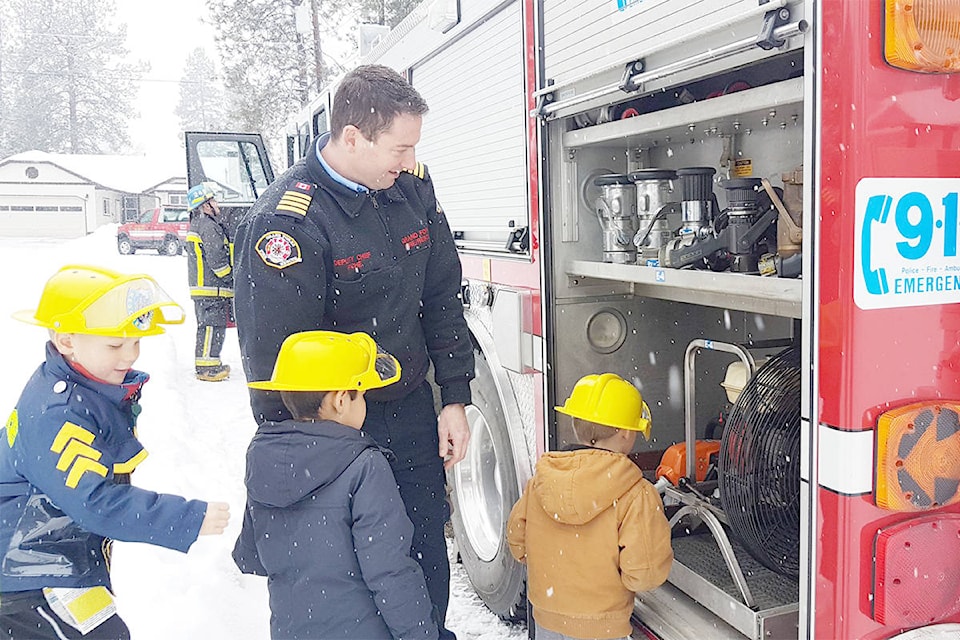Submitted to the Gazette
If a fire breaks out in your home, you may have only a few minutes to get out safely once the smoke alarm sounds. Everyone needs to know what to do and where to go if there is a fire.
According to Grand Forks Fire/Rescue Deputy Chief Rich Piche, the department has been working to educate students and families in Grand Forks about how to prepare for fire.
“We went to three preschools last month and promoted safety and awareness. One of the key pieces we left with parents is the importance of having and practicing an escape plan in your home,” Piche said. “We can’t stress enough how important it is to get out of your home when the smoke alarm sounds. Knowing and practicing all the ways out and having a safe place to meet is crucial as there is not much time in the event of a fire.”
Here are some tips to help keep your family safe in the event of a fire in your home (Courtesy of the National Fire Protection Association):
• Make a home escape plan. Draw a map of your home showing all doors and windows. Discuss the plan with everyone in your home.
• Know at least two days out of every room, if possible. Make sure all doors and windows leading outside open easily.
• Have an outside meeting place like a tree, light post or mailbox a safe distance from the home where everyone should meet.
• Practice your home fire drill at night and during the day with everyone in your home, twice a year.
• Practice using different ways out.
• Teach children how to escape on their own in case you can’t help them.
• Close doors behind you as you leave.
If your smoke alarm sounds:
• Get out and stay out. Never go back inside for people or pets.
• If you have to escape through smoke, get low and go under the smoke to your way out.
• Call the fire department from outside your home.
Facts
• A closed door may slow the spread of smoke, heat, and fire. Install smoke alarms inside every sleeping room and outside each separate sleeping area. Install alarms on every level of the home. Smoke alarms should be interconnected. When one smoke alarm sounds, they all sound.
• According to an NFPA survey, only one of every three American households have actually developed and practiced a home fire escape plan.
• While 71 per cent of Americans have an escape plan in case of a fire, only 47 per cent of those have practiced it.
• One-third of American households who made an estimate thought they would have at least six minutes before a fire in their home would become life-threatening. The time available is often less. And only eight per cent said their first thought on hearing a smoke alarm would be to get out.
